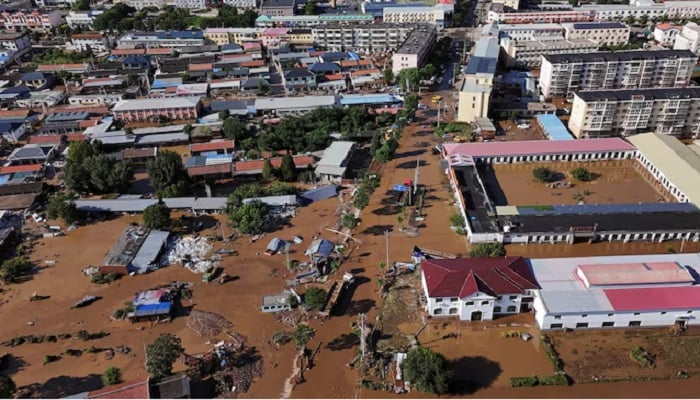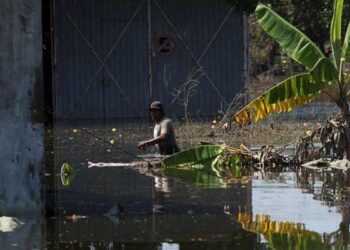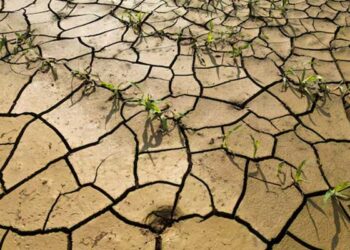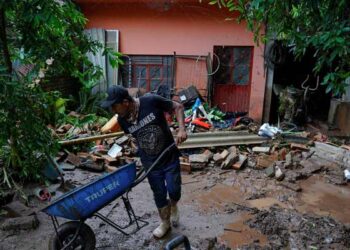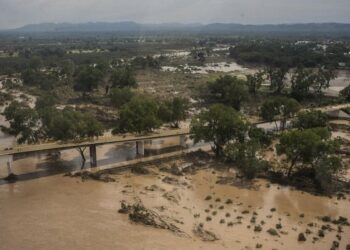Select Language:
After intense rainfall, a drone captured a partially submerged village in Miyun District, Beijing, showing homes and structures flooded and partially underwater on July 29, 2025. —Reuters
On Tuesday, Beijing eased a severe weather warning but cautioned residents to remain alert for natural hazards, following the evacuation of more than 82,000 people amid fears of further dangerous floods in the city. The municipal weather department had declared a top-tier red rainstorm alert on Monday, predicting heavy rains through early Tuesday. The warning was lifted early Tuesday morning, with officials stating that the storm system was weakening as it moved eastward.
Despite the downgrade, authorities kept advising caution with isolated showers expected in suburban areas, emphasizing that residents should remain vigilant since landslides or other disasters might still occur even after the heavy rains subside. By Monday evening, over 82,000 residents considered at risk due to intense rainfall had been evacuated, according to state news agency Xinhua citing the city’s flood control authorities.
Officials issued flood warnings for the northeastern suburb of Miyun, the most affected by recent deluges, as well as for southwestern Fangshan, western Mentougou, and northern Huairou districts. Last week’s floods in northern Beijing resulted in at least 44 deaths and nine missing persons. A significant tragedy was at an elderly care facility in Miyun, which saw 31 fatalities, prompting local officials to admit there were deficiencies in disaster preparedness.
Miyun’s Communist Party chief, Yu Weiguo, acknowledged the need for better awareness of extreme weather, stating, “Our understanding of severe weather was inadequate. This tragic event has taught us that prioritizing human life isn’t just a slogan—it’s essential.” Residents in flood-affected zones told AFP reporters they were caught off guard by how quickly water inundated homes and devastated villages.
The city’s government held a meeting on Monday to focus on quickly restoring normal life and production in affected areas. Key priorities included repairing roads, restoring electricity and water services, and refurbishing schools, hospitals, and elderly care facilities, officials reported on a city social media channel.
China’s Ministry of Public Security also issued a warning to prevent the spread of rumors, which can exaggerate disaster impacts and cause panic, according to CCTV. Over recent weeks, heavy rains have battered different parts of China: the north experienced extensive flooding, while the southern coast saw intense downpours. Hong Kong also faced flooding disruptions on Tuesday, with its highest-tier rainstorm warning issued for the fourth time in eight days.
China regularly faces natural disasters during summer—some regions suffer from heavy rains, others endure scorching heat. The country is the world’s leading emitter of greenhouse gases, which worsen climate change and increase the frequency and severity of extreme weather. Nonetheless, China is also investing heavily in renewable energy, aiming to become carbon-neutral by 2060.

